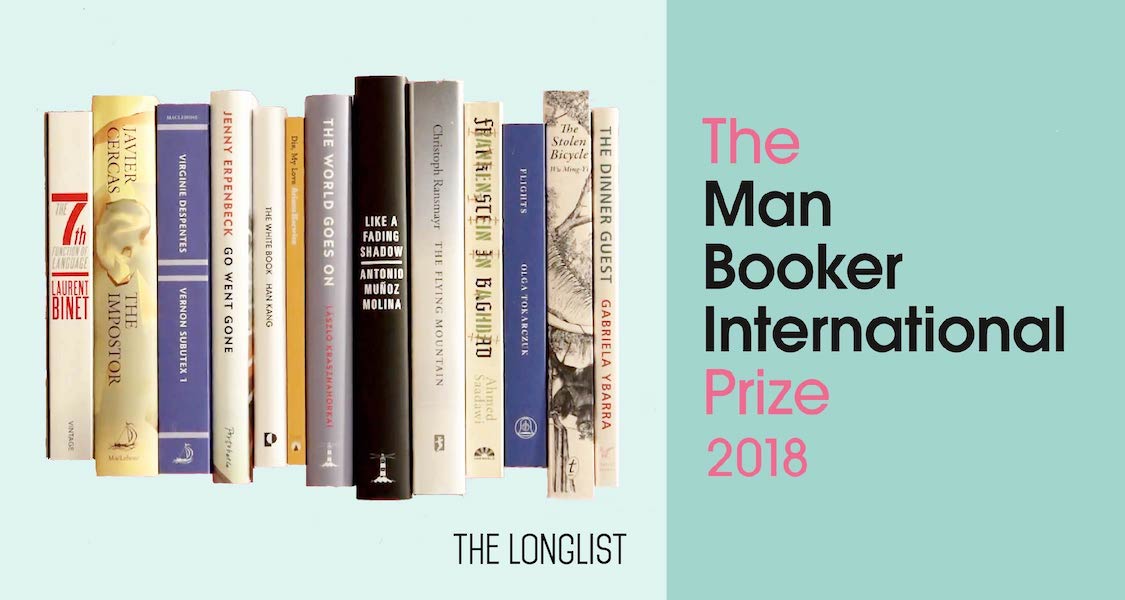Publishing since the 1980s, Tsering Döndrup’s novels and short stories have been honored with Tibetan, Mongolian, and Chinese literary prizes. He’s among the most prominent Tibetan writers working today, but as with the great majority of Tibetan fiction, translations of his work remain scarce. This winter, Columbia University Press released the first collection of Döndrup’s work in English, with a suite of stories selected and translated by Christopher Peacock.
Populated by a dizzying cast of characters—from corrupt lamas and venal deities to the incorrigible Ralo and the souls of the recently deceased—the collection The Handsome Monk and Other Stories presents us with both the diversity of subject matter that only decades of craft and experience can bring, and the discernible unity of vision we expect of a great artist. Peacock’s translation lucidly animates the stories, even as their author arranges separate realities for the action of each to unfold inside. Also preserved is the author’s humor: at times profoundly bleak, but always incisive. In this conversation, we discuss the challenges of translating Tsering Döndrup’s fiction, as well as the position of Tibetan fiction outside Tibet.
Max Berwald (MB): How did you first come to the work of Tsering Döndrup?
Christopher Peacock (CP): I first came to Döndrup through my academic work on contemporary Tibetan literature. I specialize in modern Chinese literature, and I am interested in the ways in which Tibetan writing does and doesn’t fit into the context of literature in modern China as a whole. Tibetan critics have interpreted Tsering Döndrup’s story “Ralo” as an equivalent of Lu Xun’s The True Story of Ah Q, one of the most famous works of modern Chinese fiction. I went to interview the author to get his thoughts on the matter (he doesn’t exactly agree), and while I was writing on the subject I decided to translate “Ralo” for my own use.
I kept on reading his work, and the more I read the more I felt it was essential that such a unique and fascinating writer should be accessible to English readers, especially given the extreme scarcity of modern Tibetan literature available in English. I kept on translating, choosing some stories that I liked personally and some that the author recommended, and eventually we had a collection.


